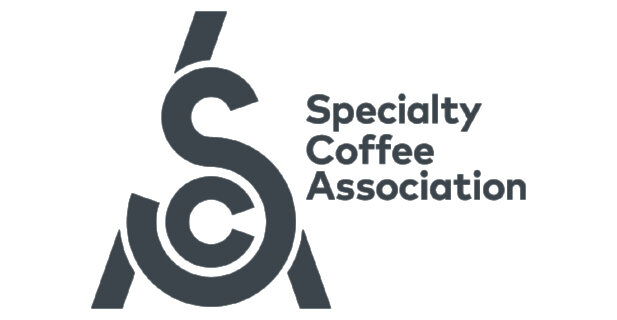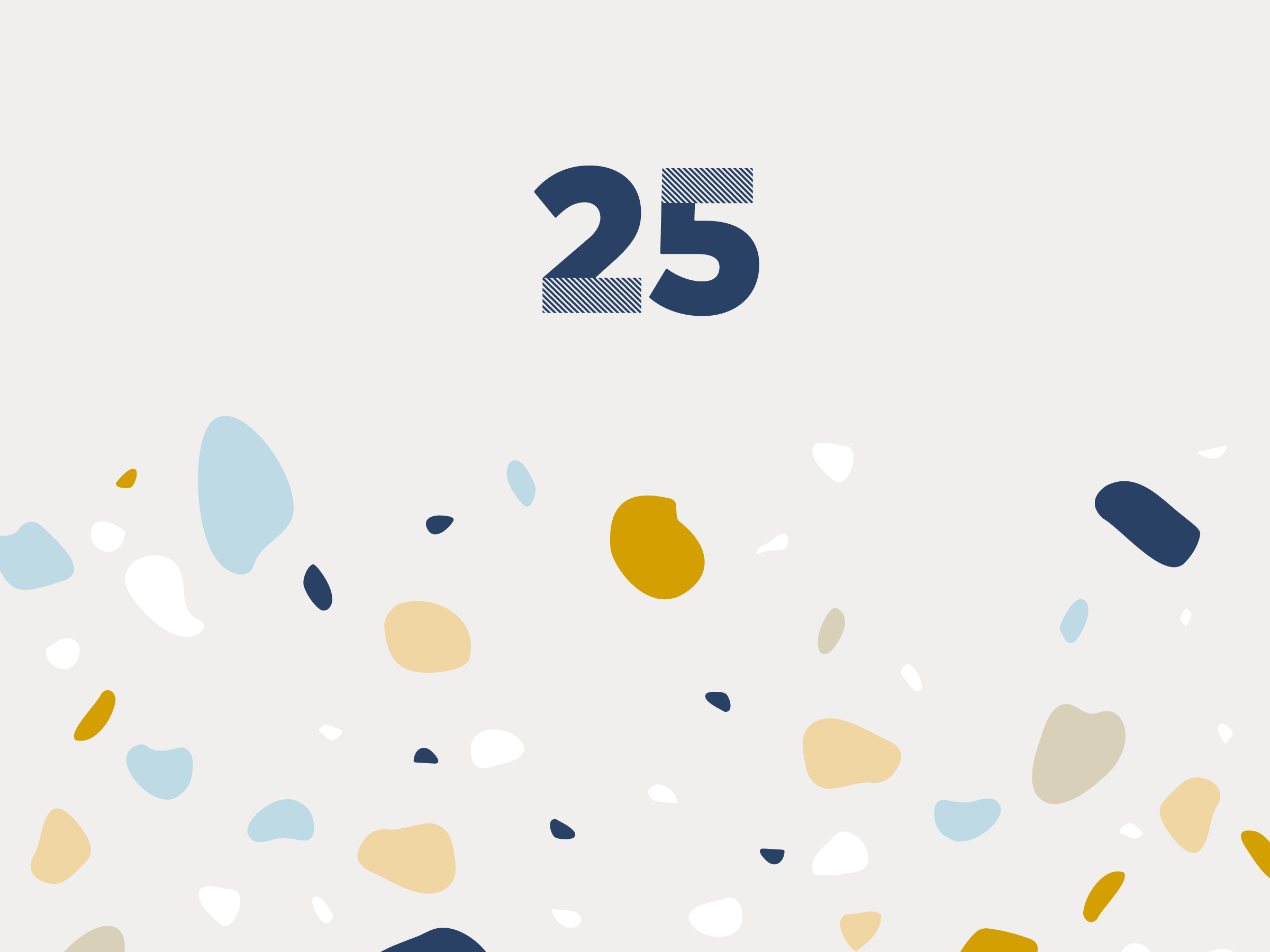Issue 17 may feel like an odd milestone for a publication named 25, but it coincides with our rapidly approaching fifth anniversary, both as a publication and as a unified organization.
Read MoreOur industry is characterized by creative, free spirits, passionate about expressing themselves through coffee—which is why the word “standard” is not always well received. Dr. MARIO FERNANDEZ-ALDUENDA explains the checks and balances of the SCA’s new standards development system.
Read MoreCorresponding author Dr. SELENA AHMED outlines the findings of a systematic review of research conducted to better understand climate change’s impact on coffee quality, what prompted the review, and what we need to research next.
Read MoreOrigin stories do more than add color to your cup: these extrinsic attributes are an integral part of determining the price we pay (and that farmers earn) for coffee. NAMISHA PARTHASARATHY explores the history, challenges, and opportunities of specialty coffee in India.
Read MoreLead author SARA YEAGER shares the findings of a recently published paper, “Roast Level and Brew Temperature Significantly Affect the Color of Brewed Coffee,” published in the Journal of Food Science, exploring how coffee beverage color varies with origin, roast level, and brew temperature.
Read MoreLead Author JIEXIN LIANG shares findings of a recent paper, “An Equilibrium Desorption Model for Strength and Extraction Yield of Full Immersion Brewed Coffee,” published in Scientific Reports, that outlines a predictive model for the equilibrium strength and extraction of “full immersion brewed coffee” (cupping) between 80°C and 99°C (176°F and 210°F) and suggests we’re more easily able to control our total dissolved solids (TDS) via brew ratio instead of our extraction yield (E).
Read MoreEfforts to make coffee’s supply chain more sustainable have resulted in more awareness of the labor it takes to produce coffee, but some parts of the chain remain overlooked. ERIKA KOSS sheds light on the vital human labor that makes it possible for farmers to be paid and for baristas to serve coffee.
Read MoreWe’ve written quite a bit, recently, about the value of coffee.
Read MoreCECILIA HAE-JIN LEE traces the history of coffee in Korea.
Read MoreDEOGRACIAS KALIMA explores the complex history and state of coffee growing in Malawi.
Read MoreProfessor CARLOS CARPIO, PhD and KATIE VON DER LIETH share a preview of a forthcoming multidisciplinary Coffee Science Foundation research project on specialty coffee labor dynamics in El Salvador and Honduras.
Read MoreLead Author NIZAM ABDU shares the findings of a recent meta-analysis of coffee ecolabeling published in Heliyon, an all-science, open access journal.
Read MoreJANICA ANDERZÉN and Professor V. ERNESTO MÉNDEZ of the Agroecology and Livelihoods Collaborative at the University of Vermont trace the efforts of a new initiative, the State of the Smallholder Coffee Farmer, and explain what’s needed to take the project beyond this first stage.
Read MoreMARÍA PAZ LOBO ZELEDÓN explains how the cafecito experience is changing in the Costa Rican capital.
Read MoreEven the simplest communication requires two parties for a message to truly “transmit”: a sender and a receiver.
Read MoreSociolinguist ANDRE JOSEPH THENG explores what the application of semiotic theory—the study of signs and symbols—to specialty coffee spaces can tell us about how we construct and identify them (and at what cost). Photos by NIKKO PASCUA.
Read MoreLead author Dr. MACKENZIE BATALI outlines findings from a recently published paper, “Titratable Acidity, Perceived Sourness, and Liking of Acidity in Drip Brewed Coffee,” that illuminate a key specialty coffee flavor attribute.
Read MoreANDREW COTTER considers the results of recent scientific publications focused on the impact of coffee’s brewing temperature on consumer preferences of brewed coffee.
Read MoreELISA CRISCIONE examines the digitalization in coffee and suggests a shift in the current data collection model that could help it become a tool for more equitable value distribution.
Read MoreNew Orleans is today a thriving coffee city, with a world-class specialty coffee scene. But New Orleans also has a deep history, and its coffee legacy makes it one of the most important places for coffee culture in the world.
Read More



















